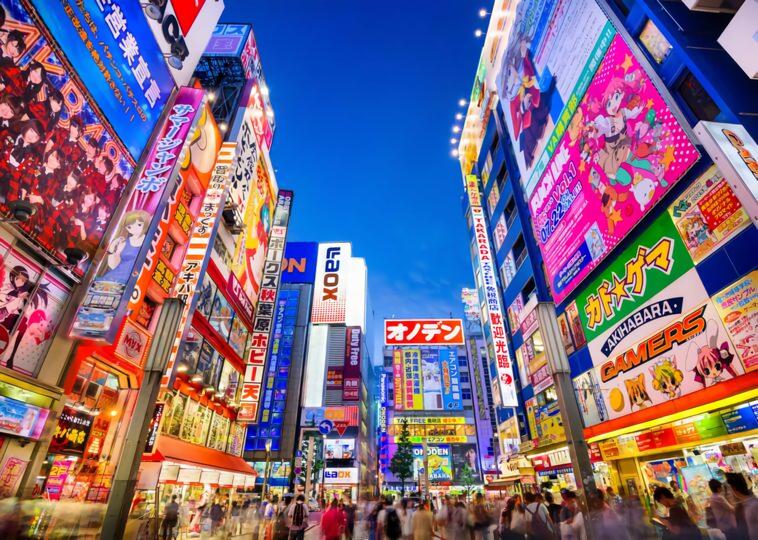Discover Tokyo: Top 5 Activities for an Unforgettable Adventure

Contents [hide]
Tokyo is one of the most amazing cities in the world. Tokyo lives up to all the hype you’ve heard about it. And there are so many nooks and crannies to explore that it’s easy to get lost. Tokyo, Japan’s bustling capital, mixes the ultramodern with the traditional, from neon-lit skyscrapers to historic temples.
The city’s many museums offer exhibits ranging from classical art in the Tokyo National Museum to a reconstructed Kabuki theater in the Edo-Tokyo Museum. Late spring, March to May, and late autumn, September to November, are usually the best times to visit Japan when there is little rainfall, a clear sky, and mild temperatures.
Experience Tranquility at Ueno Park

Ueno Park is a beautiful place to spend the day. It is a perfect place to take pictures of the many cherry trees and have a picnic. The Tokyo National Museum is at the north end of the park. The 17th-century Tosho-gu Shrine Shinto Shrine is also in the park.
The park was founded in 1873 on a site that used to belong to the Temple of Kan’ei-ji. Among the country’s first public parks, it was established following the Western example as part of the borrowing and assimilation of international practices that characterized the early Meiji period.
Explore History at the Imperial Palace

The Imperial Palace, home of the Emperor of Japan, is a great place to learn about Japan’s history and culture. When the emperor moved from Kyoto to Tokyo in 1869, he took Edo for his new palace and renamed it the Imperial Palace. The Tokyo Imperial Palace is the primary residence of the Emperor of Japan.
It is a large park-like area in the Chiyoda community of Tokyo. It contains buildings such as the main palace, the imperial family’s private residences, an archive, museums, and administrative offices. Adjacent to the palace’s inner area are the imperial palace’s east gardens, open to the public all year round.
Engage with Science at the National Museum of Nature and Science

The National Museum of Nature and Science in Ueno Park is one of Japan’s most significant science museums, with over 25,000 exhibits exploring everything from space and dinosaurs to Japan’s unique ecosystems and the latest technological advances. The National Museum of Nature and Science has authentic artifacts and interactive learning opportunities.
With the aim of the coexistence of man and nature, the museum’s task is to deepen the public appreciation of the earth, science, and technology. To encourage people to think about how humanity. Nature is also the best way to relate science and technology. The museum’s Japan Gallery focuses on Japan’s climate, geography, and history.
Marvel at Views from Tokyo Tower

The Tokyo Tower is a communication and observation tower in the Shiba-koen district in the Japanese city of Minato. At 332.9 meters, it is the second tallest building in Japan. The structure is a lattice tower inspired by the Eiffel Tower, painted white and orange internationally to meet flight safety regulations.
A symbol of Japan’s post-war rebirth as a significant economic power, Tokyo Tower was the country’s tallest structure from its completion in 1958 until 2012 when the Tokyo Skytree surpassed it. The famous Tokyo Tower is not only an iconic building in Tokyo, but it is also a great place to see Mount Fuji.
Enjoy Panoramic Sights from Tokyo Skytree

Tokyo Skytree is a broadcast and lookout tower in Sumida, Tokyo. It became the tallest structure in Japan in 2010 and reached its full height of 634.0 meters in March 2011. I was making it the tallest tower in the world. And the second tallest structure in the world after the Burj Khalifa.
The expansive windows of the Tembo Deck offer 360-degree views that extend to Mount Fuji. Visitors reach the Tembo Deck – the first of the decks – via lavishly decorated lifts that only take 50 seconds to drive up the 350 meters. While the view is spectacular all day, watching the sunset and bringing the city lights below to life is particularly romantic.


